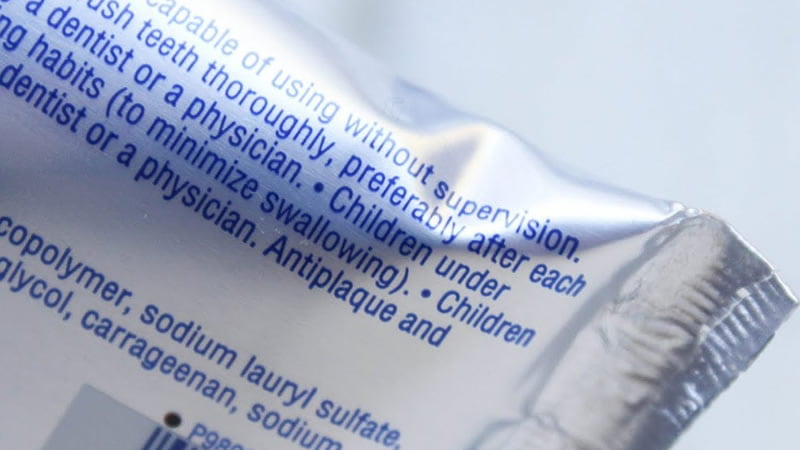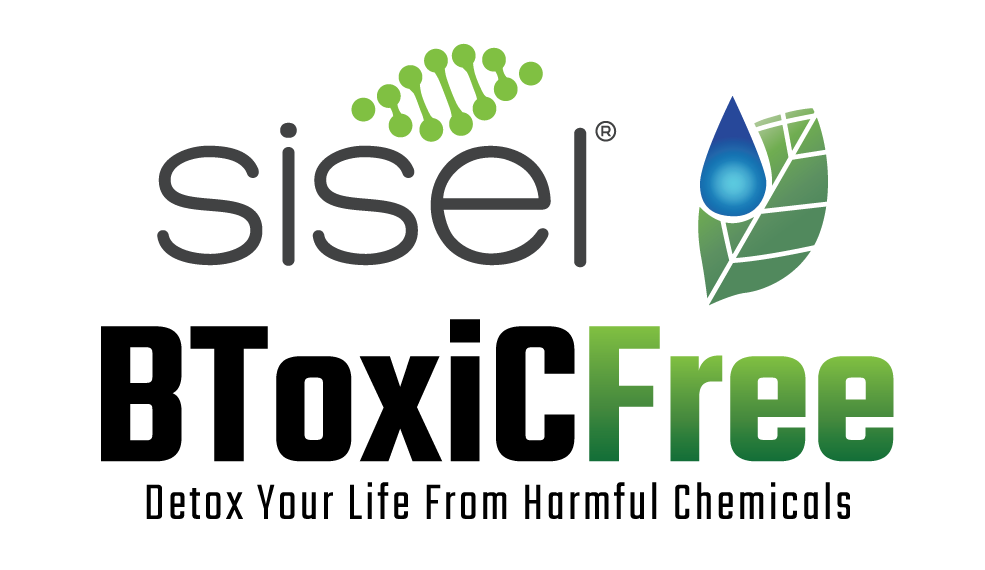
Sodium Lauryl Sulfate is it safe ?
What is sodium lauryl sulfate?
It is a white or cream colored and comes in crystal, flake, or powder form. It is a surfactant, emulsifier, foamer, or wetting agent.
What is sodium lauryl sulfate used for?
It is not only used in personal care products including makeup but is a major ingredient used in industry.
Sodium lauryl sulfate is used in a range of household and car cleaning products. The reason this ingredient is used in industrial products because it easily foams, and therefore cuts through grease. It also suspend soil particles that it can easily be washed away.
It is also found in household products including dishwashing liquids, carpet cleaners, toilet cleaning products, tub & tile cleaners, stain & odor removers, all-purpose cleaners, laundry detergents, shower cleaners, glass cleaners, and more. You can also find this product in car wash and upholstery cleaning products.
Health and Safety
1970s peer-reviewed studies listed in the National Library of Medicine’s Hazardous Substances Database, noted SLS as irritating to the skin and eyes. It can also produce allergic reactions. Ref.
Because of these finding the Cosmetic Ingredient Review (CIR), an independent organization that reviews the safety of ingredients, stated in a press document that SLS posed less of a hazard in rinse-off formulations, but should be used in concentrations less than 1 percent for leave-on products. Ref.
Environmental Effects
SLS is known to be toxic to aquatic organisms. If you love the environment then you should avoid this ingredient so it doesn’t get washed down the drain into our oceans. Ref
Sodium Lauryl Sulfate is it safe ?
If you ask me if sodium lauryl sulfate is safe, I would say no definitely not. Ok so you won’t drop dead overnight but this ingredient is doing zero favors for your health and longevity. A number of studies report SLS being damaging to the tissue inside the mouth as we as skin. According to Dr Mercola SLS is used as a skin irritant during studies in medical treatments when a skin irritant as need during the study.
A study at the Stern College for Women at Yeshiva University in New York in 1997 examined SLS in mouthwash. They found that SLS in mouth rinses caused skin peeling, and shedding of the outermost membrane or layer of tissue, inside the mouth. As well as a burning sensation in human volunteers. Ref
Another study appearing in Exogenous Dermatology confirmed SLS to be a very “corrosive irritant” to the skin—irritation which persisted in research subjects for 3 weeks.Ref SLS exerts its damage by stripping your skin of protective oils and moisture.
Research also indicates that SLW is associated with an increase in ulcers and cold sores. This is because SLS is denaturing in its effect as well as irritating to the skin due to the fact that it is destroying the properties of cells. Ref
Swallowing SLS will likely lead to nausea and diarrhea and is even used as a laxative in enemas. Ref
Dioxane contamination
“Some products containing SLES contain traces (up to 300 ppm) of 1,4-dioxane, which is formed as a by-product during the ethoxylation step of its production. 1,4-Dioxane is classified by the International Agency for Research on Cancer as a Group 2B carcinogen: possibly carcinogenic to humans. The United States Food and Drug Administration (FDA) recommends that these levels be monitored,[8] and encourages manufacturers to remove 1,4-dioxane, though it is not required by federal law.[9]” Ref
What is SLS found in?
Whilst it is not commonly recognised to damage DNA it’s hard to turn a blind eye and pretend it’s not causing long term harm on our health and DNA.
Swallowing toothpaste can be harmful. According to Judi Vance, author of Beauty to Die For, SLS can cause cellular DNA damage.
In an article for ConsumerHealth.org, Ref she states that a dental association in Japan tested the effects of SLS on bacteria, finding it to be mutagenic. She also states that hair folliclesare significant transporters of harmful chemicals into your body.
So whilst currently it is not listed a genotoxin, gerontogenes, common sense tells me it is. It is has been shown to damage DNA. Ref To me it makes sense that if it damages DNA then is can accelerate cells to senescence.
What are safe alternatives?
Sisel International produce a safe range of products free from sodium lauryl sulfate and other potentially harmful ingredients. If you are trying to slow your aging and keep your DNA healthy then switching brands makes sense.
Where can I get safe products?
Please use the Sisel Safe checklist and guide to find what products contain sodium lauryl sulfate and other potentially harmful ingredients. A safe option is listed in the attached brochure.
Last Updated on March 27, 2023 by Katie Sisel Distributor
